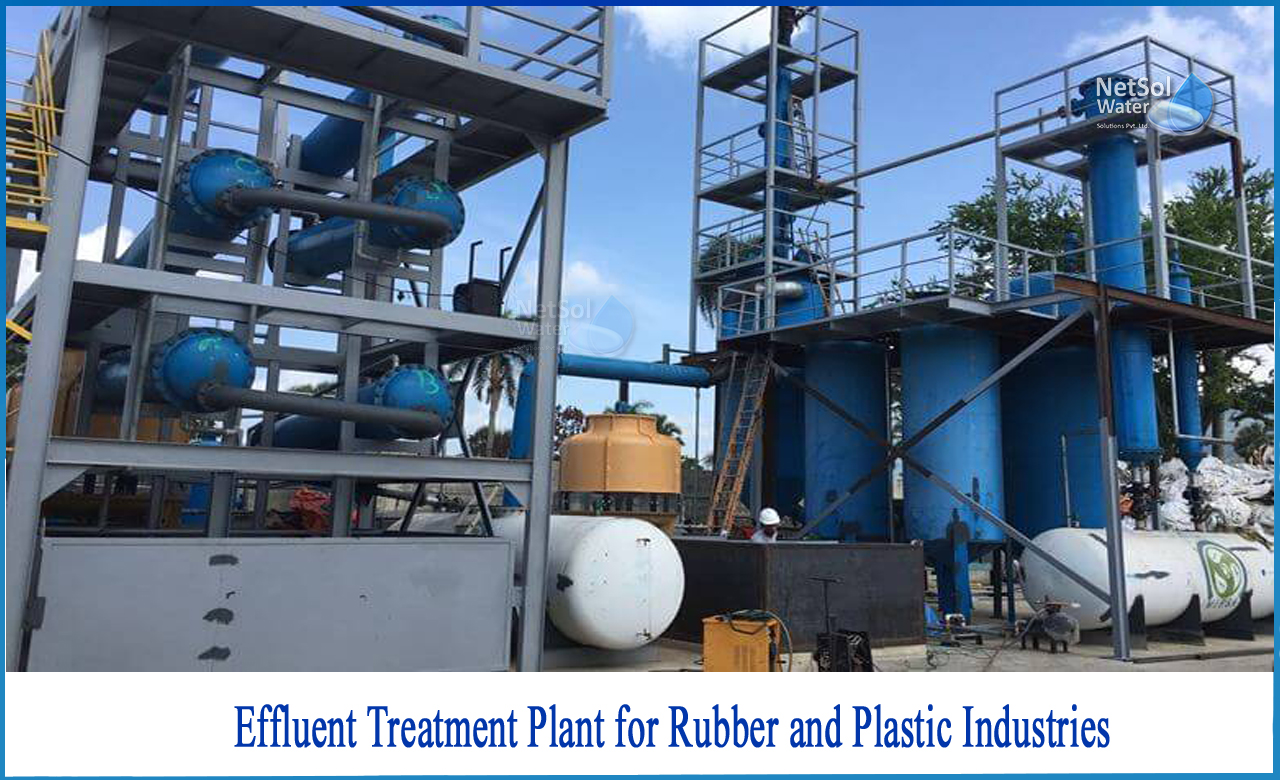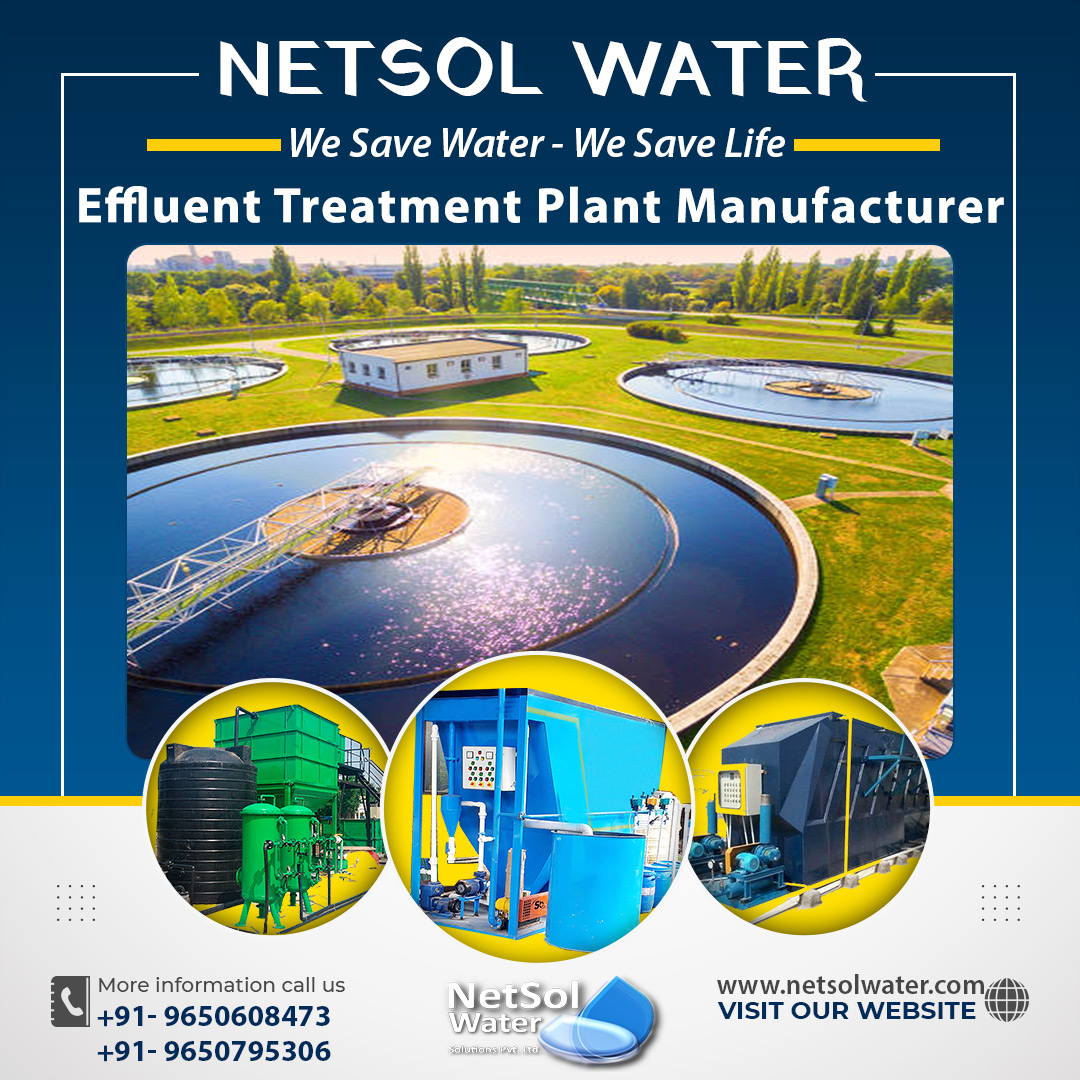What is ETP plant for Rubber and Plastic Industries?
Natural rubber is a derived and versatile industrial raw material acquiredfrom the rubber tree “Heveabra Siliensis”. It’s a heavy polymer with viscous-elastic properties. Latex is an economical product obtained by controlled scratches on the bark.
Of course rubber is used in the tire, shoe and mechanical engineering industries. About 65% of natural rubber is used in automotive industry. It is not just used in automobile industry but also in, bicycle tires and tubes, conveyor belts, foam mattresses, shoes, balloons, toys and many other daily necessities.There are also technical uses for shock absorption such as anti-vibration products. It is often vulcanized by adding the appropriate vulcanizing agent for better tensile strength and improved properties such as strength and wears resistance. Since the manufacture of rubber products needs a lot of water for its operation, it is essential to treat that waste water.
Wastewater discharge from rubber industry
For wastewater, a small amount of non-coagulant latex and serum contains small amounts of protein, carbohydrates, lipids, carotenoids and salts. Wastewater normally discharged from latex rubber processing contains a lot of BOD, COD and SS. These properties may vary from country to country. The pollutants are coagulated serum and field latex.
Coagulated latex is easilybiodegradable, leading to high oxygen consumption when draining wastewater to receive surface water. Its sludge is also acidic. Different amounts of acid used in different factories is due to different pH fluctuations in wastewater. The serious threat of rubber sewage is high.The concentration of ammonia in this wastewater helps unnecessary eutrophication.
Wastewater discharge from the rubber processing industry can have serious and long-term consequences for environment.Therefore, you need to use the appropriate treatment technology of this wastewater.
What methods are particularly used?
Many methods including physicochemical and biological treatments have been used to treat waste effectively from rubber processing. Most of these methods are not cost effective and do not remove all contaminants. Therefore, the uses of biological treatment methods are becoming more important today.
What is bioremediation?
Bioremediation is popular and attractive technology that purifies the environment by utilizing the metabolic capacity of microorganisms. Because of the need for biological treatment and knowledge of waste from the rubber industry, the fact that various bacteria can grow and break down the gums, we understand that biological treatment is best treatment method for sludge disposal.
All treatment systems should be able to reduce or eliminate waste water microorganisms. Bacterial wastewater bioremediation significantly reduces physicochemical properties within a 15-day residence time. Bacterial consortium is the most effective ofall treatment systems for pollutants in wastewater.
Wastewater discharge from plastic industries
These wastewater treatment plants are used in a variety of industries to reduce the potential for pollution and meet emission permit requirements. Wastewater treatment plants use a variety of techniques and methods to treat waste. They can be done by physicochemical and biological treatments followed by tertiary treatments. User-friendly controls and integrated features make it much easier to operate.
Conclusion
At Netsol Water, engineers can also design custom wastewater treatment plants according to your specific requirements.
Industrial wastewater from a particular industry does not meet emission standards and thus cannot be reused as process water. First of all, toxic components need to be removed from the wastewater stream. Physicochemical wastewater treatment is a frequently used technology in the field of wastewater treatment. Physicochemical wastewater treatment technology is used to remove heavy metals, fats and oils, suspended matter, emulated organics, organic and inorganic components, non-polar organics that are difficult to decompose, toxic pollutants or high salt concentrations of phosphorus.
Physicochemical wastewater treatment techniques are used as pre-treatment, final treatment, and specific treatments for wastewater reuse as process water.




